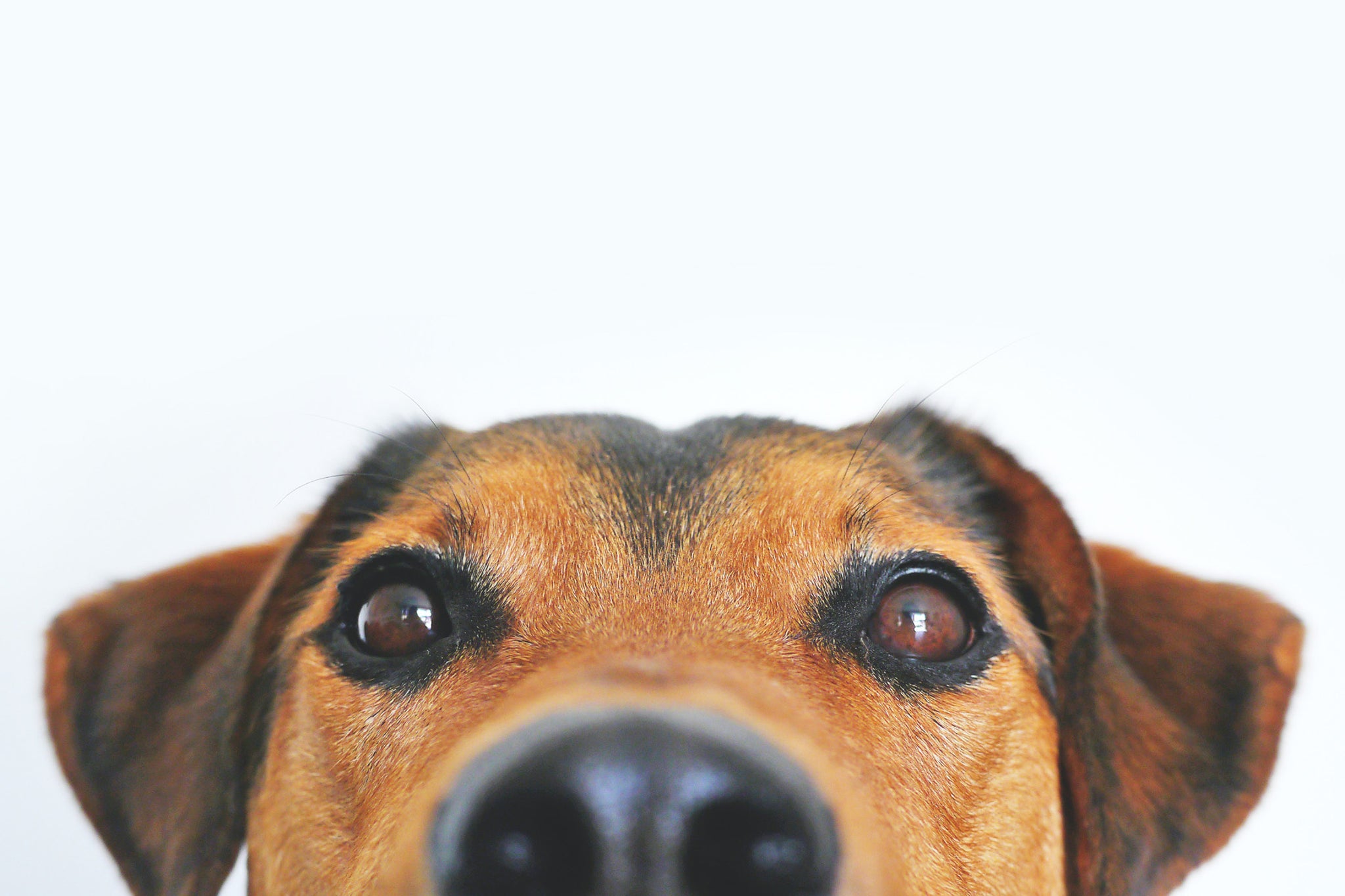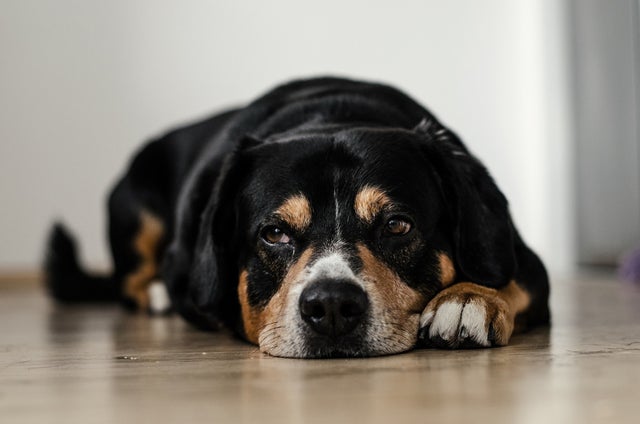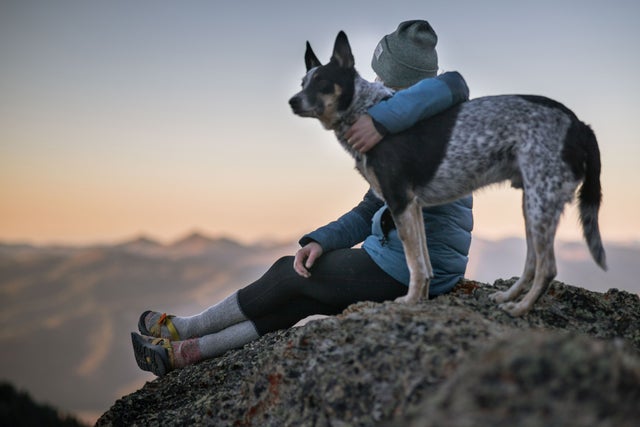It’s not uncommon to find lumps and bumps on your dog. Until you take your dog to see the veterinarian, you may be wondering what it could be. Here are some types of lumps you could see on your dog:
Ticks
One of the most common bumps that dog owners encounter are ticks. If the tick is still attached to your dog, it will appear as a small, hard, brown lump. You could also encounter a tick crater, a small hole left as evidence that a tick was attached to your dog. Tick craters can be felt as a small lump under the skin and may be tender to the touch. If you live in an area where paralysis ticks are common, you should take your dog to the veterinarian immediately, as paralysis ticks can be fatal.
Lipomas (fatty growths)
These lumps are collections of fat cells underneath the skin. Dogs at any age are prone to lipomas, though they are more common in older and overweight dogs. Lipomas feel rubbery and move freely underneath the skin. Lipomas usually do not spread to other parts of the body and rarely cause your dog pain. Your veterinarian may advise you to keep an eye on a lipoma if it begins to interfere with your dog’s mobility.
Hives
Similar to hives found on humans, hives on dogs appear as a red rash with round, oval-shaped bumps. Hives are an allergic reaction to an insect sting or exposure to another type of allergen like plants or pollen. While hives will usually resolve on their own, your veterinarian may prescribe medications to relieve any discomfort.
Sebaceous adenomas
These bumps are more common in ‘furry,’ non-shedding dogs, such as Poodles and Bichons. Sebaceous adenomas are slow-growing tumors of the sebaceous glands. These tumors look like a collection of warts or skin tags. While typically harmless, if they become ulcerated or irritate your dog, they should be looked at by your veterinarian as soon as possible.
Malignant (cancerous) tumors
The bumps mentioned so far are benign, or non-cancerous bumps. As a dog owner, you should also be aware of some cancerous tumors you can find on your dog. Cancerous tumors can take on a range of appearances. Melanomas can appear as a dark growth on your dog’s skin. Other tumors appear to be benign at first glance. When touched, fibrosarcomas feel rubbery, similar to a harmless lipoma.
The bottom line is that the bumps on your dog are usually harmless and/or treatable. If you are worried about a bump, you should check with your veterinarian as soon as possible.




